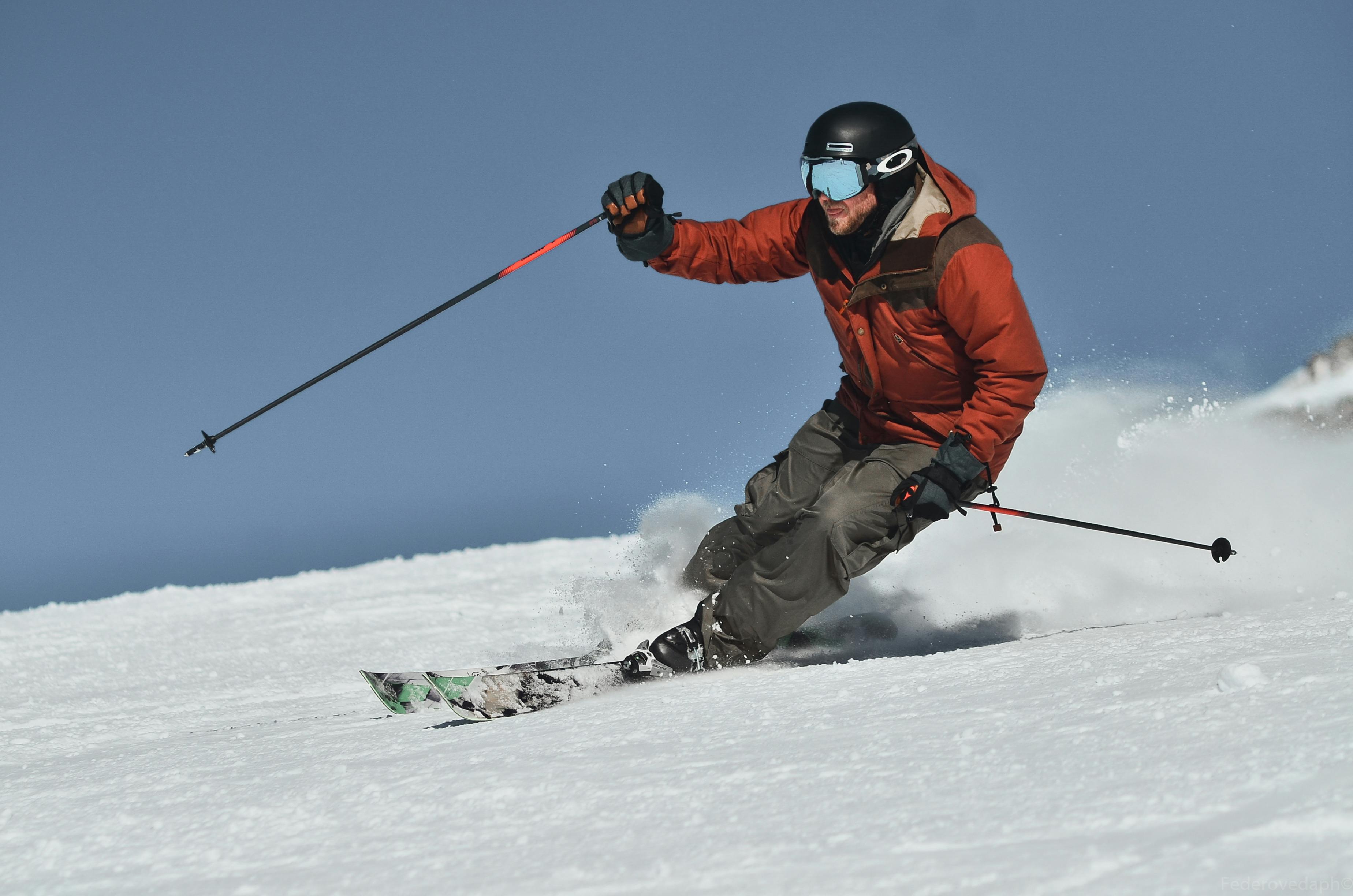
5 points for a great backpack
intended purpose
It sounds simple, but unless you define what activities you do, you’ll only be trying the one-size-fits-all method. You’ll get a backpack, but not one that’s likely to be used frequently. It will end up lying in the closet between the cross-country skis you had to have and under the ridiculously extravagant poncho you bought on a whim in old Mexico. Are you using it to carry books to class? Do you love hiking in the wilderness near your home? Perhaps you work as a surveyor and need to bring the tools of your trade to lay out a new road? Some first responders have “Bags to Go” ready to go in an emergency at any time. Knowing what you use your backpack for is the first step to buying the right one.
compartments and pockets
You figured out what you want to do with your backpack, now ask yourself how many compartments you need to do it. Just school books? A large compartment for books and a small pocket for sundries might suffice. Professional photographer? At least 2-3 heavily padded compartments for cameras, lenses, flash, and tripods. Small pockets for keys, passport, currency and credentials, and a separate area for a water bottle. These are 2 clearly different backpacks. The second backpack could also work for books, but the single compartment would make the photographer very frustrated and probably look like a clumsy novice.
Type and number of straps
Hey? Currently, backpacks come with 1 (mono) strap, 2 straps (padded or rope-type), with/without chest strap, and with/without belt. Espresso machine and surround sound sold separately! It’s tempting to throw up your hands and say “whatever,” but if you do more than just walk from the curb to your door, it makes a BIG difference. Have you ever gone down a mountain without a belt, with the backpack hitting your back with every step? Trail runners will think you’re crazy if you don’t have a sternum strap to keep it from slipping off your shoulders every time you dodge a rock or hole. I wouldn’t want to be barreling down the road without knowing I have secure, fully adjustable straps to keep my pack from getting tangled in the rear axle of the bike!
Hydration Compatibility
If your backpack is an empty bag to throw away dirty underwear for laundry day, this feature is not one you should consider. Outdoorsmen will tell you that a pack that is hydration compatible is a necessary convenience. Carrying a bottle of water in your hand or taking off your backpack and fumbling around when you’re thirsty makes for a longer and more tedious journey when you should be enjoying yourself. Some packs come with water bladders, while others are “hydration compatible” and allow you to purchase a bladder to place in a special compartment that gives you access to the drinking hose. At a minimum, consider one with an exterior mesh pocket that holds a water bottle.
attached points
This area separates a BIG backpack from one intended for the circular container. If you’re the kind of person who skips the dots, the No. #5 alone could keep you from wasting money on that “bargain” backpack you planned to buy. An extremely useful and extremely versatile backpack it has a multitude of hooks, loops, zipper pulls and Molle webbing attachment points. These features increase the backpack’s versatility by an X-factor. It can easily carry tripods, umbrellas, hiking poles, snowshoes, bike helmets, raincoats and, if you so desire… the kitchen sink! Many first aid kits, camera bags, tactical gear and small bags are already compatible with these additional MOLLE hooks and straps. These connection points are like having multiple backpacks, allowing you to customize one backpack for many different activities.
Whether you use it once a week or spend more time with it than with your boyfriend, addressing these points will give you a very versatile backpack, one that you can take anywhere.